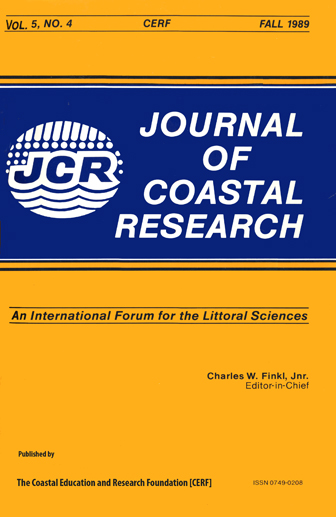Nursery Inoculation of Sea Oats with Vesicular-Arbuscular Mycorrhizal Fungi and Outplanting Performance on Florida Beaches
Keywords:
Inoculum, fungi, greenhouse study, mycorrhizal growth response, dune plants, coastal vegetationAbstract
Seedlings of Uniola paniculata L. were inoculated with a mixture of Glomus deserticola Trappe, Bloss & Menge and G. macrocarpum Tul. & Tul. or were not inoculated with the vesicular arbuscular mycorrhizal (VAM) fungi in a commercial nursery using standard nursery practice. Moderate levels of colonization were achieved, even when inoculum was mixed with the growth medium at a dilution rate of 1:64. At Anastasia State Recreation Area (ASRA), sea oats inoculated with VAM fungi at the time of planting had greater root growth than noninoculated seedings after 2 mo; however, losses during winter storms precluded further evaluation of this study. At Miami Beach, VAM fungus-colonized sea oats obtained from a nursery study had 219, 81, 64, and 53% greater shoot dry mass, root length, plant height, and number of tillers, respectively, compared to sea oats that came from the same nursery without VAM fungi. In a greenhouse study conducted to examine mycorrhizal growth responses of sea oats in sand from ASRA and Miami Beach, sea oats without added P were found to be more dependent on VAM fungi in Miami Beach sand. The conclusion is that sea oats colonized with VAM fungi are better adapted for growth in beach sand than noncolonized plants, but additional studies are needed to optimize utilization of VAM fungus inoculum in the nursery.


